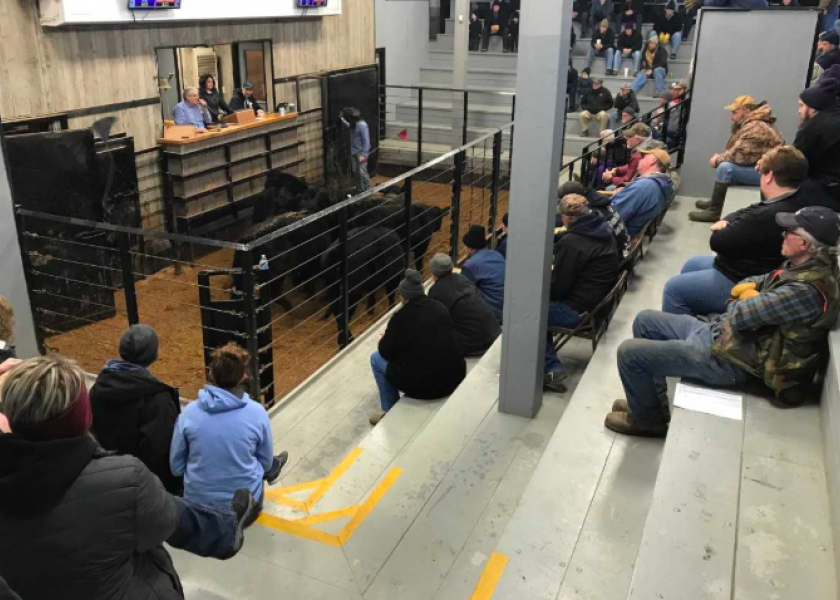Uncertainty is Impacting Cattle Prices

Cattle and beef markets have decreased from April highs with uncertainty in a variety of factors weighing on markets the past month. The latest threat of additional tariffs on Mexico rattled many markets last week, including cattle and beef markets. It appears that the threat was removed over the weekend and cash and futures markets may stabilize somewhat this week; but ongoing uncertainty about trade and the politics of trade continue to take a toll on agricultural and other markets.
Weather is another source of uncertainty negatively impacting cattle markets. While good moisture conditions bodes well for forage growth in general, ongoing flooding and excessively wet conditions is limiting grazing and hay production in some regions. Sloppy feedlot conditions continue to hamper feedlot production in some areas. Additionally, the record late planting of corn and soybeans this year is adding uncertainty about corn acreage and yield and is beginning to push corn prices higher. There is little doubt that the corn crop will be smaller than anticipated just a few weeks ago but carryover levels are still expected to be adequate. While significantly higher feed prices are not anticipated at this time, the uncertainty remains.
Weaker beef demand may be the biggest threat to cattle and beef markets for the remainder of the year. Strong beef demand supported cattle and beef markets in 2017 and 2018 but there are signs that some weakness may be developing in beef demand in both domestic and international markets. While unemployment remains very low, other indications of weakness in the macro-economy are concerning and have led to reduced forecasts for U.S. economic growth in 2019; largely due to ongoing impacts of tariffs and trade disruptions. Relatively slow domestic income growth and higher prices for major consumer items, such as gasoline, combined with record large supplies of beef, pork and poultry may be limiting domestic beef demand going forward in 2019. Relatively wet and cold weather thus far has likely stifled summer beef demand somewhat and probably contributed to an early seasonal peak in boxed beef prices and recent weakness in wholesale beef values.
Reduced beef exports and higher beef imports through the first four months of the year, combined with weak pork and broiler exports suggest that the meat complex is struggling so far this year in international markets. The uncertain but undoubtedly large impact of African Swine Fever in China and other countries, may provide some boost to protein markets in the coming months. Increased demand in China for pork as well as poultry and beef will likely provide some support, directly and indirectly, to protein markets around the world. The U.S. exports little beef to China and that’s not likely to change anytime soon, but U.S. beef markets may enjoy some indirect support as a result of the protein deficit in China.
The uncertainty plaguing cattle and beef markets probably should not change most producers’ strategic plans for this year but it will be important to watch the multitude of volatile factors that may continue to or further impact markets. Short run volatility may impact timing and other tactical considerations for production and marketing and highlights the value of flexibility and the ability to be nimble in these uncertain times.







